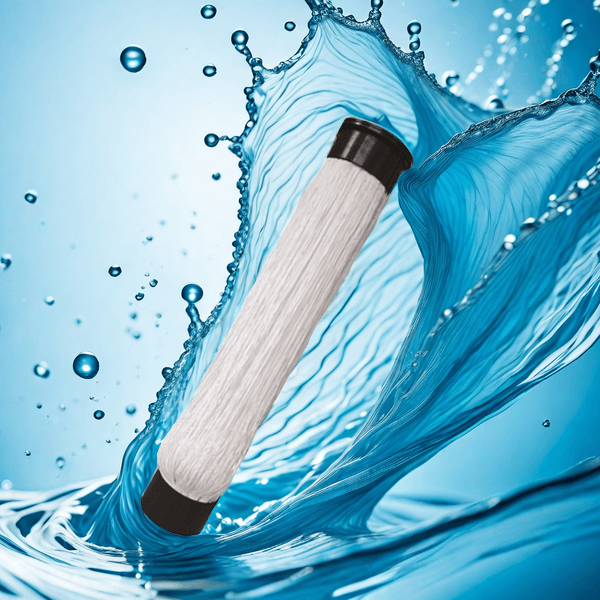Key points, scope and direction of the use of MBR membrane technology
The key points, scope and direction of the use of MBR membrane technology mainly include the following aspects:
Application scenarios:
Urban sewage treatment and reclaimed water reuse
Industrial wastewater treatment
Micro-polluted drinking water purification
Fecal sewage treatment
Landfill compost leachate treatment
Process features:
Combining high-efficiency membrane separation technology with traditional activated sludge method

Using MBR flat membrane components placed in aeration tanks
The water after aerobic aeration and biological treatment passes through the filter membrane
Key points of operation:
Pretreatment requirements are high, and a sand settling tank and ultra-fine grid (aperture 0.5~1mm) are required
Water temperature is controlled within the range of 10~35℃
Control the oil content, the total vegetable oil is less than 50 mg/L, and the mineral oil is less than 3mg/L
The membrane scrubbing fan needs to run continuously, and the aeration intensity is adjusted according to the water quality
Performance advantages:
Small covering area
High volume load
High processing efficiency
Operation and maintenance:
Prevent fine debris such as hair and fiber from contaminating the membrane
Control the sludge concentration in the membrane pool and the actual operating flux of the membrane
Maintain a low liquid level in the membrane pool to save energy
The membrane flux is generally controlled at 15~25L/(h·m2)
Development direction:
Improve membrane flux and increase the treatment capacity per unit membrane area
Reduce the capital construction cost and operation cost of membrane bioreactor
Optimize membrane scrubbing system and study economic aeration volume to achieve energy saving
MBR membrane technology has broad application prospects in the field of sewage treatment. The future development direction is mainly focused on improving treatment efficiency, reducing costs and energy consumption.
